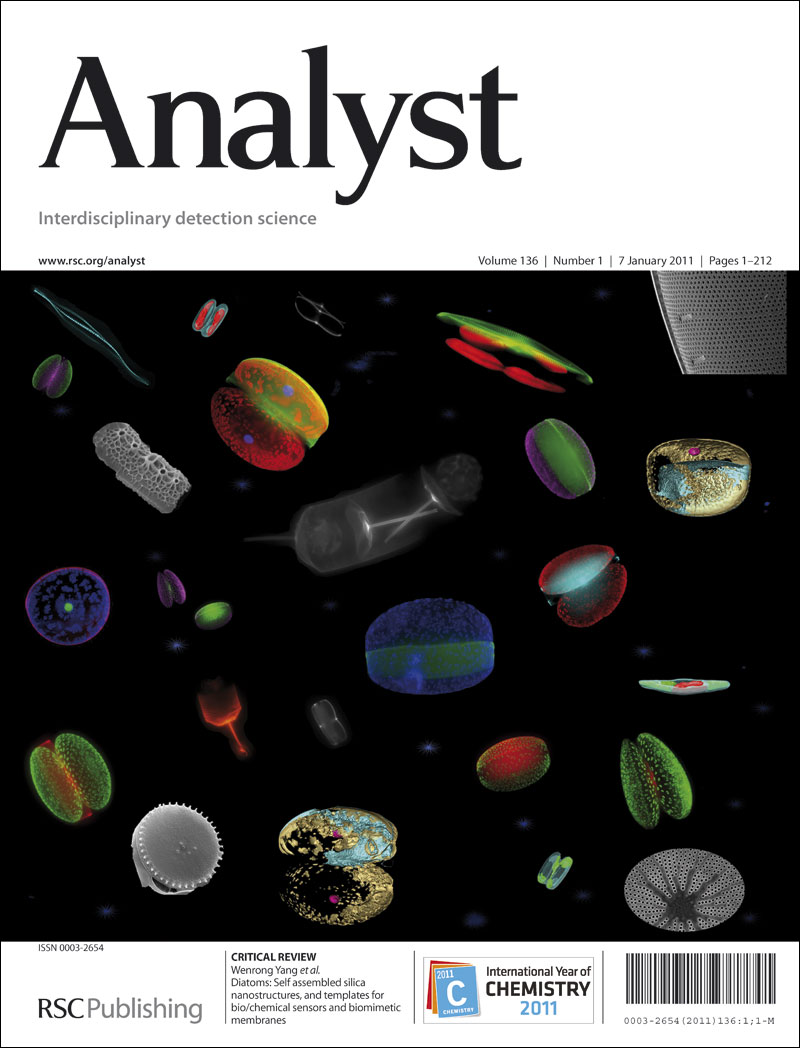PAM-Free Activation of CRISPR/Cas12a via Semi-Nested Asymmetric RPA: High Specific Detection of HPV16 dsDNA
IF 3.3
3区 化学
Q2 CHEMISTRY, ANALYTICAL
引用次数: 0
Abstract
Early and accurate detection of HPV16 nucleic acids is therefore critical for the effective screening, diagnosis, and prevention of cervical cancer. Although CRISPR/Cas12a-based molecular diagnostics offer a rapid and sensitive approach for HPV16 detection, their application to double-stranded DNA (dsDNA) targets remain constrained by two major limitations: the strict requirement for a protospacer adjacent motif (PAM) site, and the insufficient specificity of current amplification strategies, which can lead to off-target amplification and false-positive results. To address these challenges, we developed a semi-nested asymmetric recombinase polymerase amplification (SNA-RPA) method combined with CRISPR/Cas12a for the detection of HPV16 dsDNA. This strategy employs a semi-nested primer design to significantly enhance target sequence specificity during amplification, while asymmetric primer ratios promote the efficient generation of single-stranded DNA (ssDNA) that directly activates Cas12a without the need for a PAM site. Using this approach, we achieved rapid, highly specific, and detection of HPV16 dsDNA, with a limit of detection as low as 18 aM. Beyond achieving PAM-free detection, our method also substantially improves amplification fidelity, offering a promising solution for precise and reliable HPV diagnostics and cervical cancer screening通过半嵌套不对称RPA无pam激活CRISPR/Cas12a:高特异性检测HPV16 dsDNA
因此,早期准确检测HPV16核酸对于有效筛查、诊断和预防宫颈癌至关重要。尽管基于CRISPR/ cas12的分子诊断为HPV16检测提供了一种快速、灵敏的方法,但其在双链DNA (dsDNA)靶标上的应用仍然受到两个主要限制:对原间隔器邻近基序(protospacer邻基序,PAM)位点的严格要求,以及当前扩增策略特异性不足,可能导致脱靶扩增和假阳性结果。为了解决这些问题,我们开发了一种结合CRISPR/Cas12a的半嵌套不对称重组酶聚合酶扩增(SNA-RPA)方法来检测HPV16的dsDNA。该策略采用半嵌套引物设计,在扩增过程中显著提高了靶序列的特异性,而不对称引物比例促进了单链DNA (ssDNA)的高效生成,直接激活Cas12a而不需要PAM位点。使用这种方法,我们实现了快速、高特异性的HPV16 dsDNA检测,检测限低至18 aM。除了实现无pam检测外,我们的方法还大大提高了扩增保真度,为精确可靠的HPV诊断和宫颈癌筛查提供了有希望的解决方案
本文章由计算机程序翻译,如有差异,请以英文原文为准。
求助全文
约1分钟内获得全文
求助全文
来源期刊

Analyst
化学-分析化学
CiteScore
7.80
自引率
4.80%
发文量
636
审稿时长
1.9 months
期刊介绍:
"Analyst" journal is the home of premier fundamental discoveries, inventions and applications in the analytical and bioanalytical sciences.
 求助内容:
求助内容: 应助结果提醒方式:
应助结果提醒方式:


